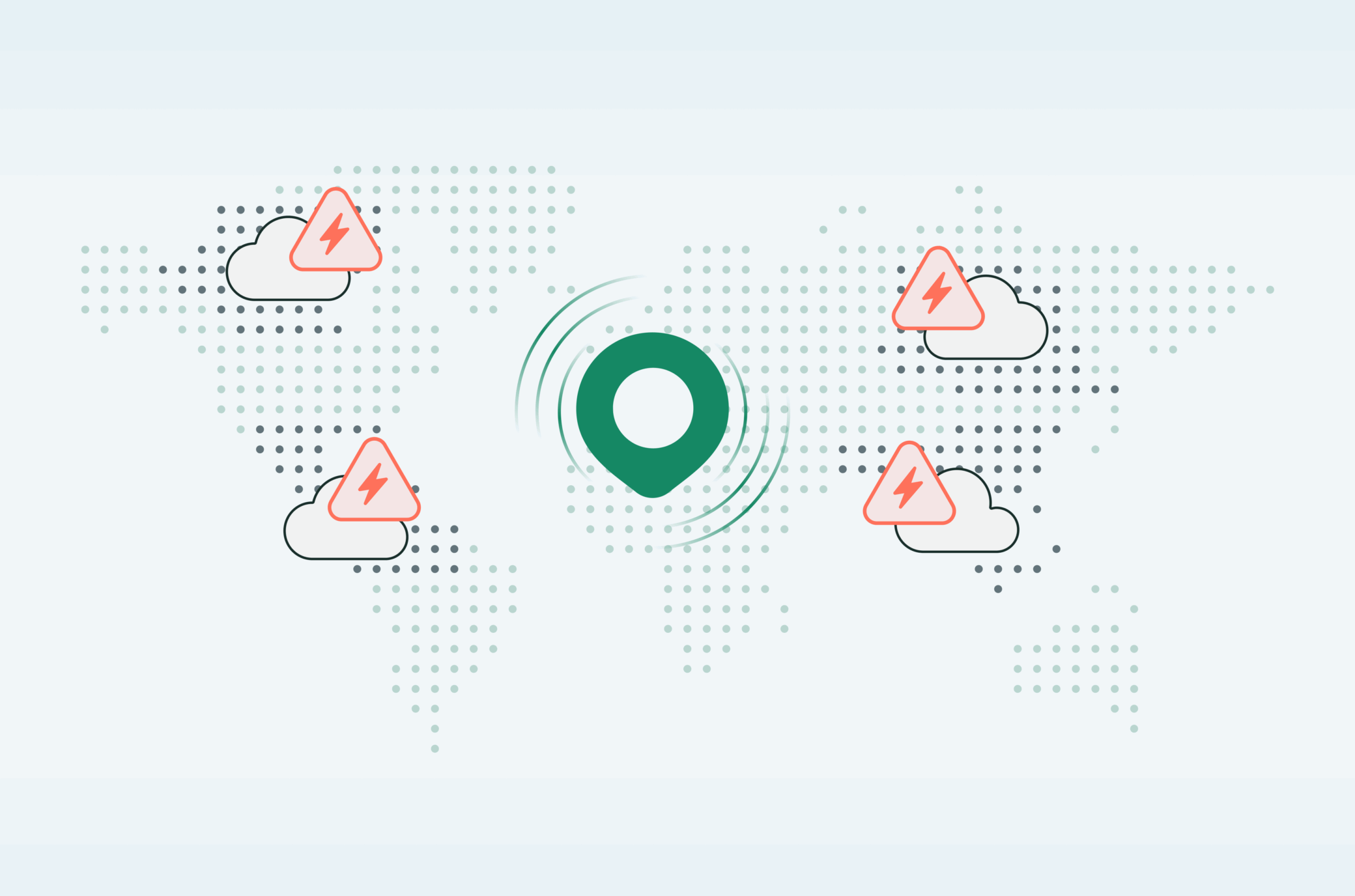5 SD-WAN Gaps that are Answered by SASE
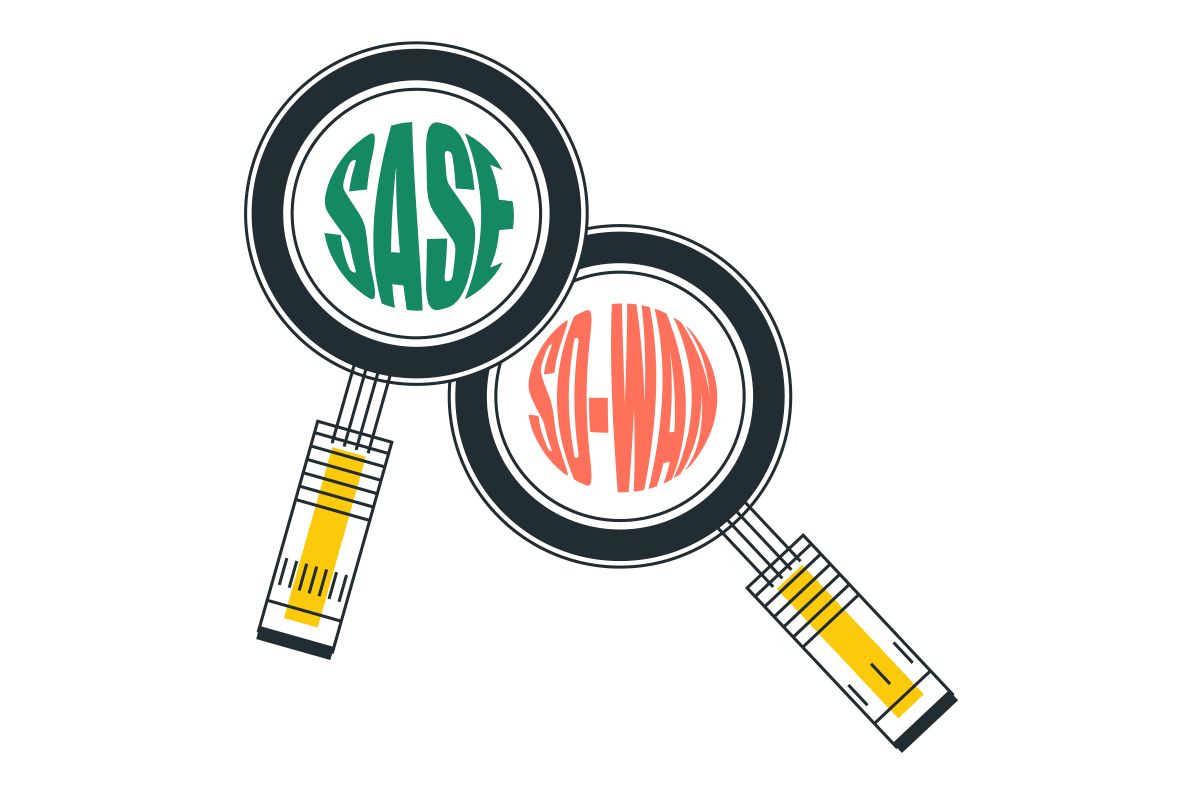
Table of Contents
|
Listen to post:
Getting your Trinity Audio player ready...
|
When SD-WAN emerged a decade ago, it quickly became a viable and cost-effective solution to MPLS. Back then, it was the technology for digital transformation. But today, enterprises have more advanced network and security needs, and IT leaders are realizing that SD-WAN doesn’t address them.
What’s the alternative? According to Gartner, it’s SASE (Secure Access Service Edge), an architecture that converges SD-WAN and security point solutions into a unified and cloud-native service. Gartner predicts that by 2024 more than 60% of SD-WAN customers will implement a SASE architecture.
This blog post will help you understand which SD-WAN gaps are answered by SASE, and how they are reconciled. To read the entire analysis, you can read the e-book.
SASE vs. SD-WAN for Enterprises
Let’s look at five network and security considerations modern enterprises have and how SD-WAN and SASE each respond to them.
1. Advanced Security
Enterprises today must prepare for cybersecurity attacks by implementing security solutions that will protect their critical applications. With SD-WAN, IT teams are required to add additional appliances, like NGFW, IPS and SWG. This increases the cost of deployments and complicates maintenance. SASE, on the other hand, has a built-in network security stack that secures all edges and all locations.
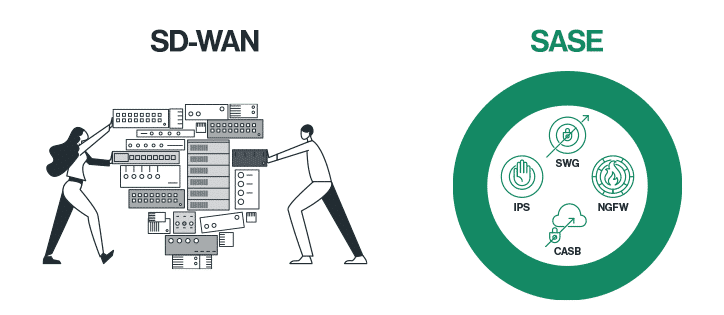
2. Remote Workforce
The hybrid work model is here to stay. Employees will continue to connect from home or other external locations, and third parties require access to the network as well. SD-WAN does not support this type of connectivity, since it was designed for replacing MPLS between physical locations. SASE, on the other hand, connects remote users from anywhere to the nearest PoP (point of presence), for optimized and secure access.
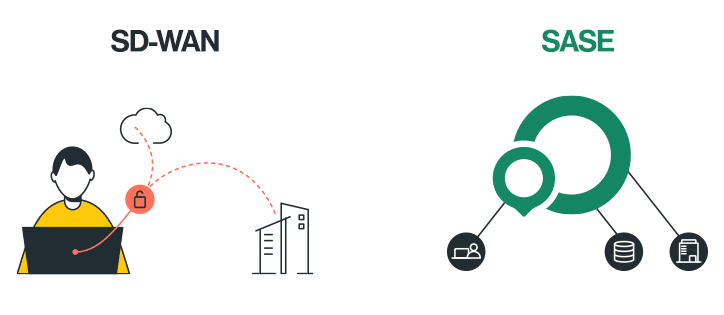
5 Things SASE Covers that SD-WAN Doesn’t | EBOOK
3. Cloud Readiness
Cloud connectivity is essential for business agility, global connectivity and access to business applications. SD-WAN is limited in cloud-readiness, and requires management and integration of proprietary appliances and expensive cloud connectivity solutions. SASE, on the other hand, is based on cloud datacenters that are connected to the SASE cloud. In addition, cloud applications don’t require integration and application traffic from edges is sent to cloud instances.
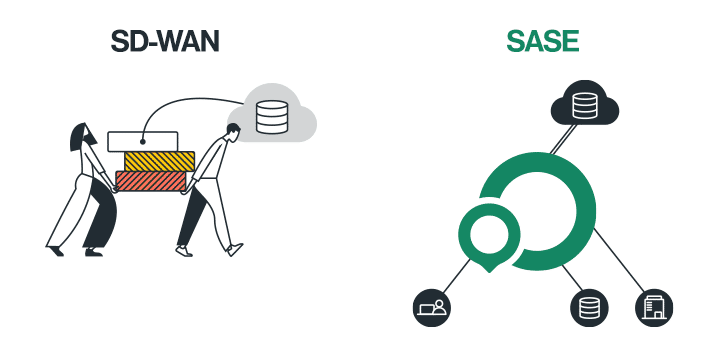
4. Global Performance
Global connectivity is the backbone of businesses, but SD-WAN provides connectivity through third-party backbone providers, which are not always reliable. SASE has a private global backbone that is WAN optimized.
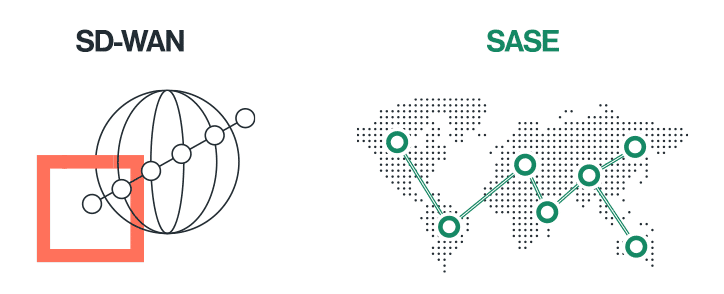
5. Simple Management
Work has become more complicated and noisy than ever, so IT teams need a solution that will reduce overhead, not add to it. SD-WAN and security solutions require IT teams to manage, maintain and troubleshoot functions separately. SASE converges all functions, providing visibility and simple, centralized management.
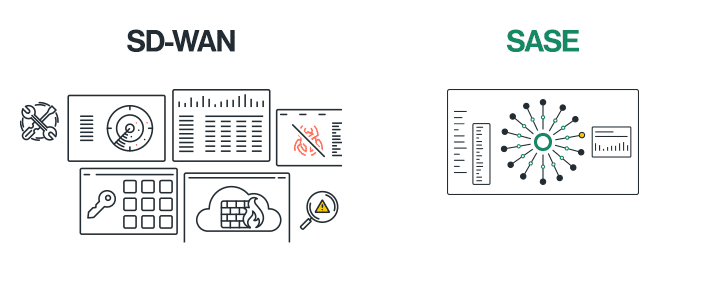
Conclusion
Enterprises today need their IT and security to support and accelerate the development and delivery of new products, and to help them respond to business changes. SASE lowers business costs, complexity and risks by connecting network and security into a holistic platform.
To learn more about how SASE can replace SD-WAN and help IT teams prepare for the needs and opportunities of tomorrow, read the e-book. To get a consultation and understand how SASE can answer your specific needs, contact us.














